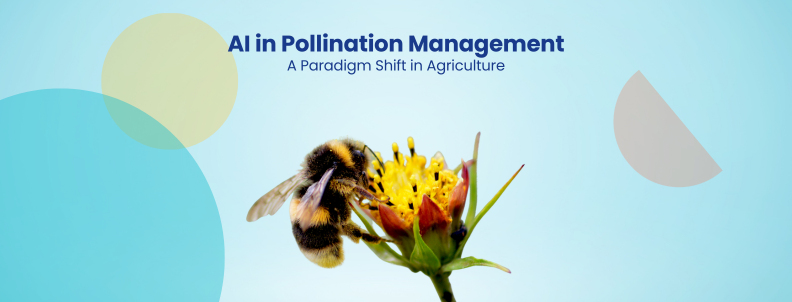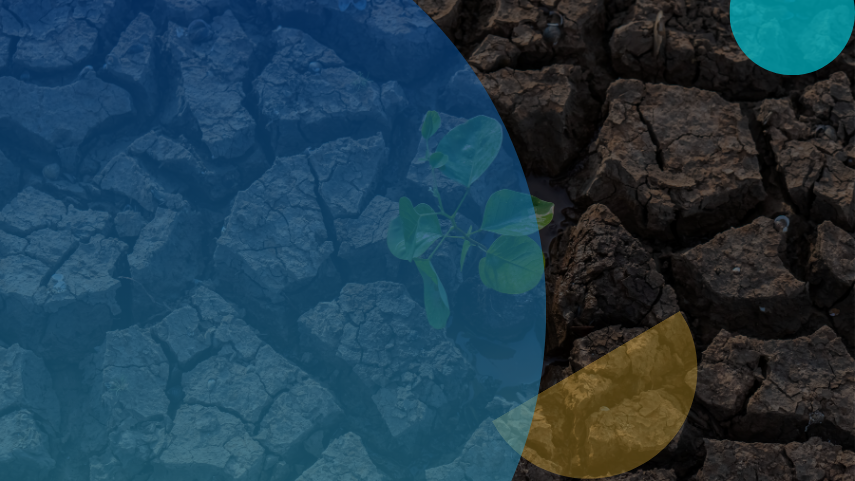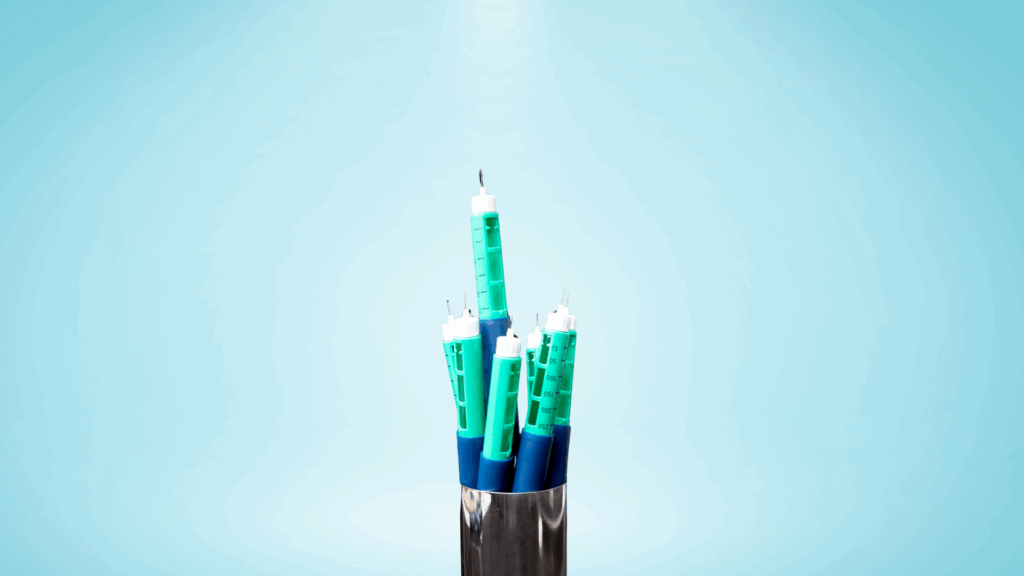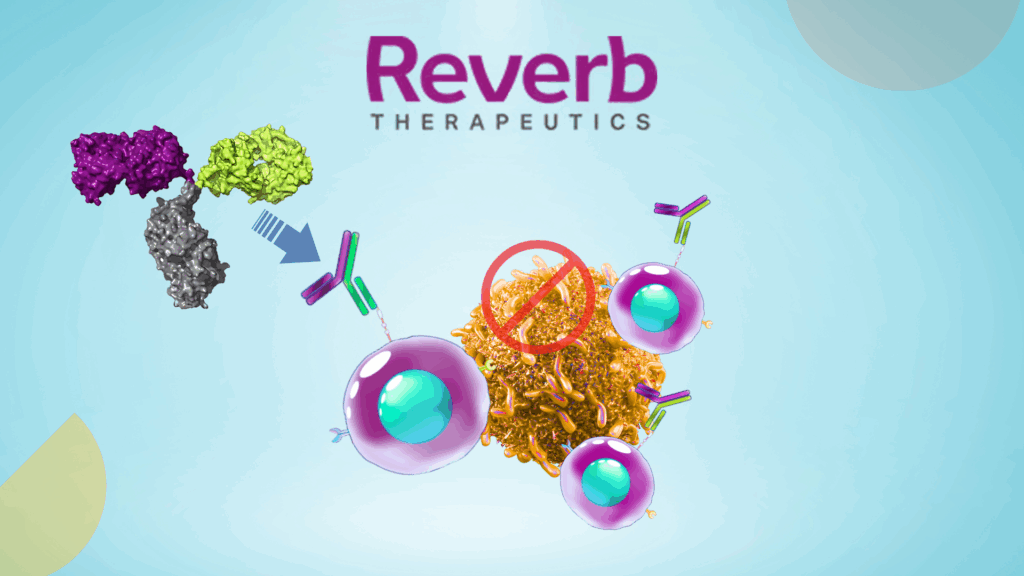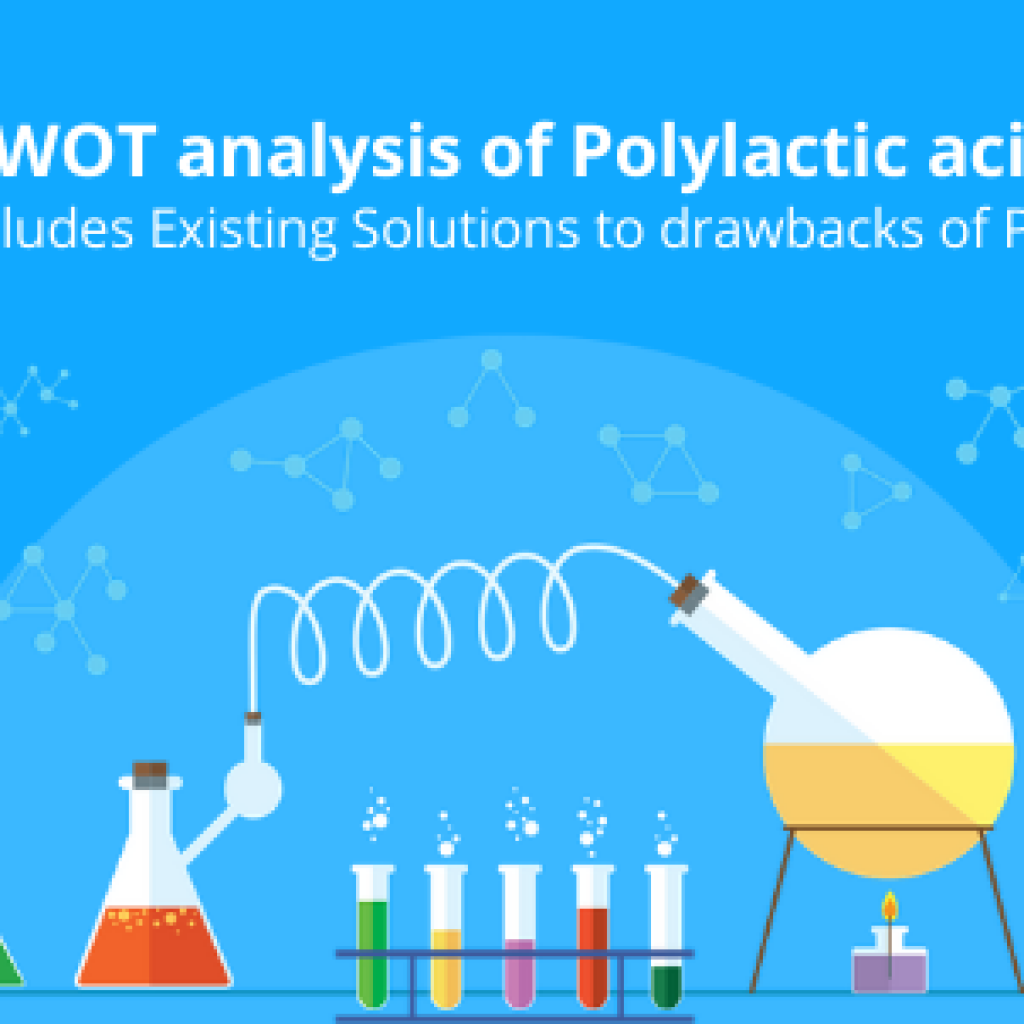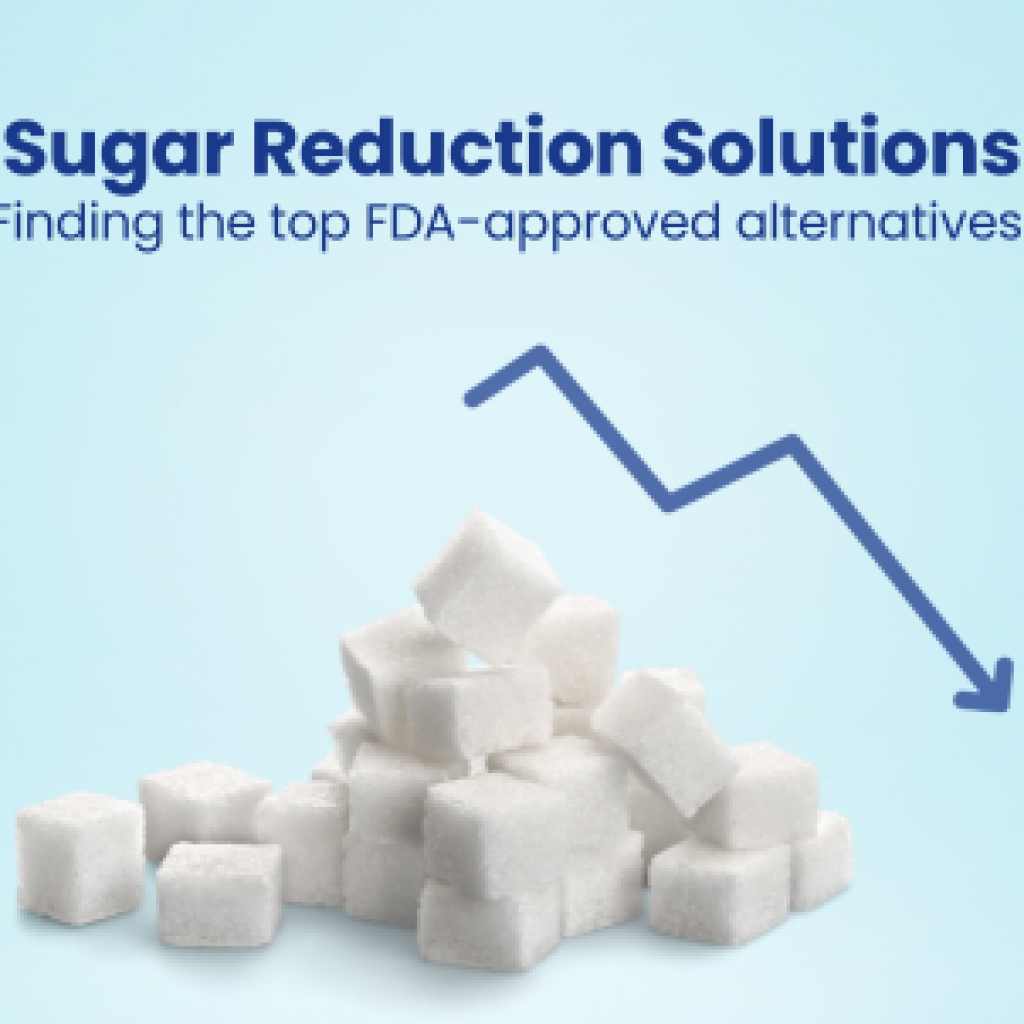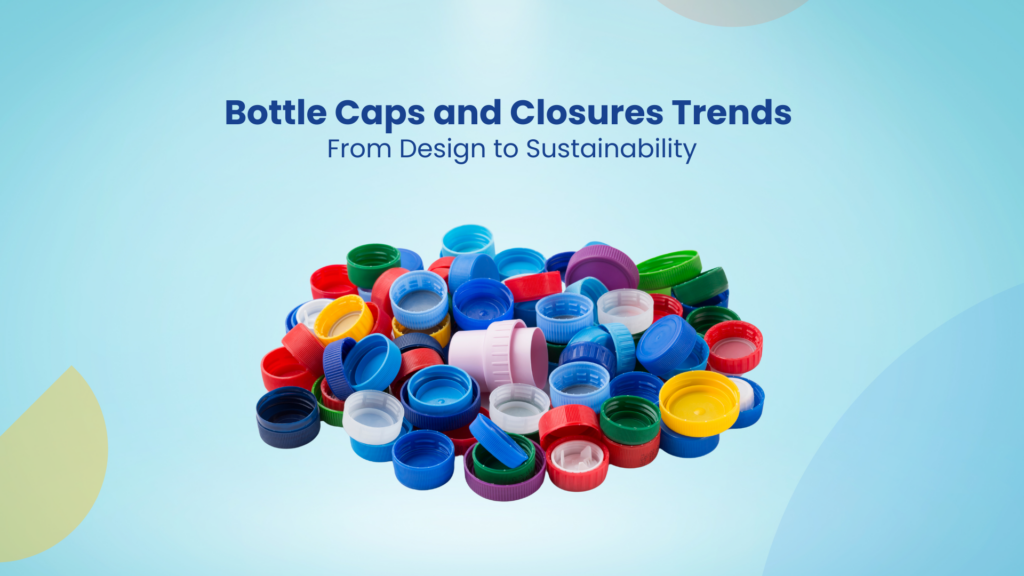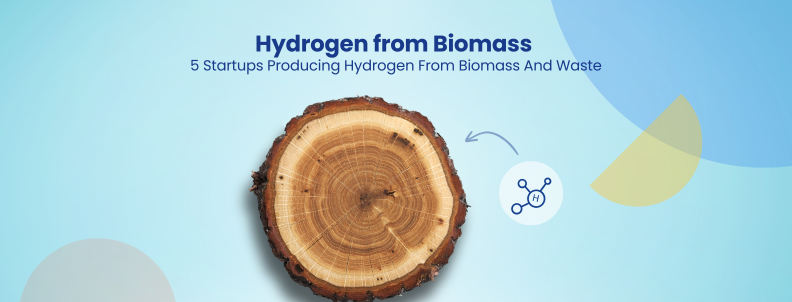Market research indicates that artificial intelligence in agriculture will be worth about $4.7 billion by 2028. The AI-based autonomous farming industry is booming, with approximately 200 agricultural startups hailing from the US alone!
Pollination is critical to the life cycle of many crops. But the declining populations of natural pollinators, like bees, is a growing concern in the agriculture industry. This decline impacts the quality & quantity of crop yields and, by extension, global food security.
We have discovered some promising solutions for pollination management using artificial intelligence in agriculture. This report discusses how these AI solutions for crop pollination make a difference in the agricultural sector.
Drone-assisted Pollination
In light of declining natural pollinators, researchers have started experimenting with drones equipped with AI algorithms. These drones can identify flowers and execute the delicate task of transferring pollen from one bloom to another.
Hardware miniaturization and machine learning advancements have allowed these drones to mimic the precision and gentleness of natural pollinators. Furthermore, drone pollination bypasses many current issues with natural pollinators in agriculture, such as honeybee colony collapse disorder, pollinator parasites and diseases, predators, pesticide spray, adverse weather, and the availability of pollinators on time.
Innovation from the University of Arizona
In 2020, researchers from the Arizona Board of Regents of the University of Arizona filed a patent for an autonomous aircraft system for pollinating plants.
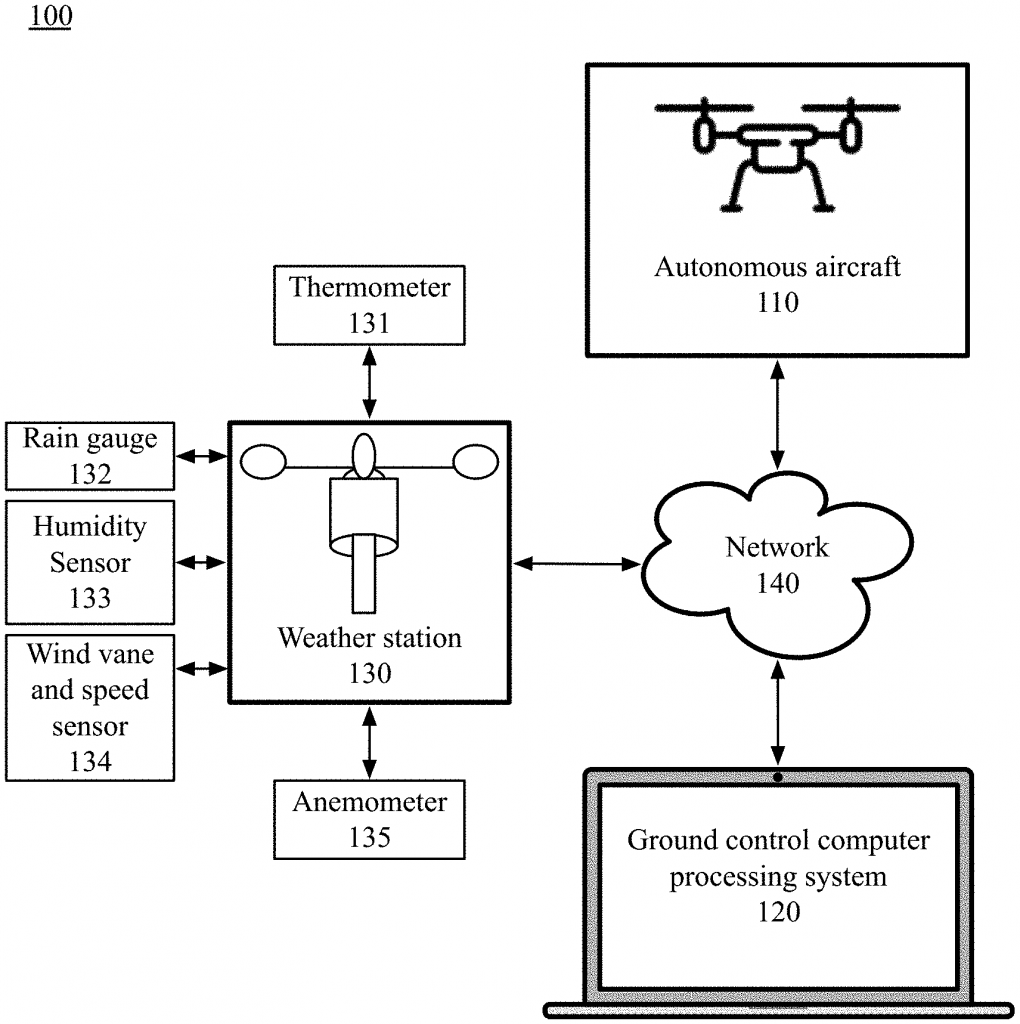
This patent describes a remotely operable drone equipped with imaging sensors capable of identifying the center of the plant based on the processed images to deploy the pollen dispensing system.
Wondering what the market feasibility of AI pollination drones is? Our feasibility study reports will remove the guesswork and help you gain a competitive advantage.

Dropcopter’s AI Pollination Solution
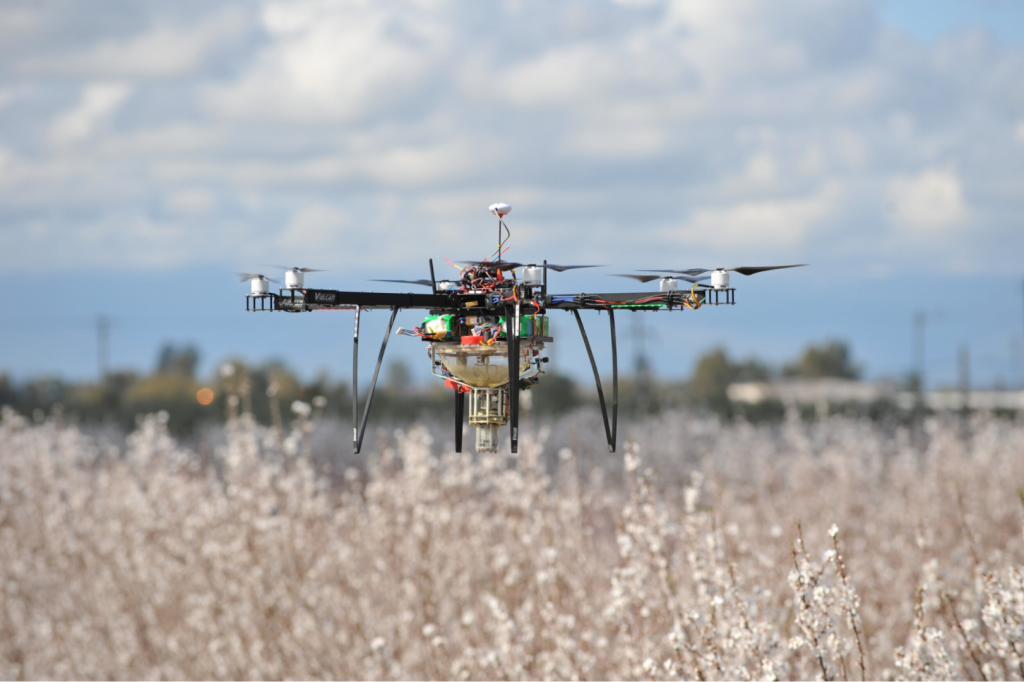
Credit: Dropcopter’s website
They’re not the only innovators with such an idea. Dropcopter, a New York-based startup, has successfully used hexacopters in a handful of crops, such as almonds, apples, cherries, and pears. In three years of trials, drone-augmented pollination increased yields by 25% to 50%!
Dropcopter holds a patent for its drone designs and pollination deployment mechanism.
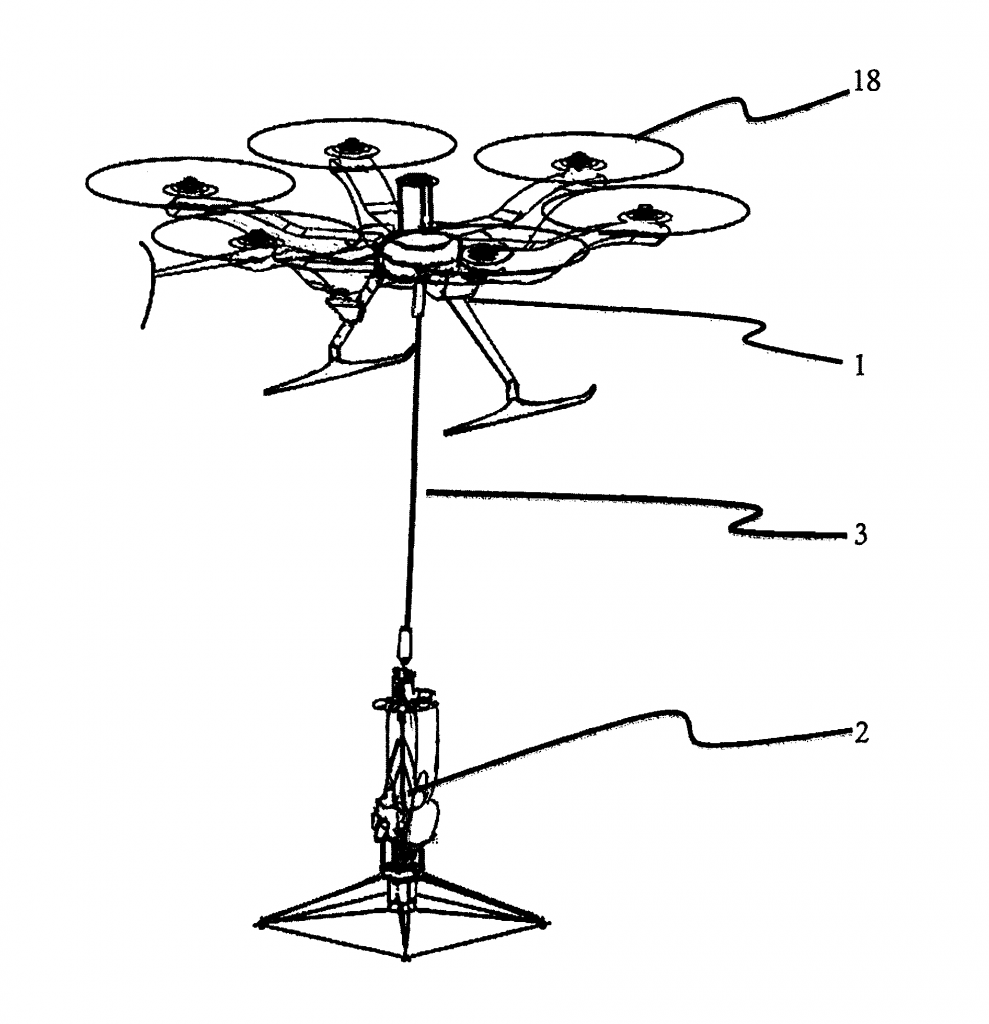
Their system involves a familiar remote-controlled drone carrying dry material with a maneuverable blower fan. Once the drone is atop the target area, the fan turns on and blows the dry pollination material into the plants.
Interestingly, Dropcopter does not employ AI technology in its already-effective solution. A similar design augmented with artificial intelligence to automatically detect and pollinate plants can be a game changer.
Predictive Analytics for Pollination
When equipped with data from environmental sensors, AI systems can predict pollinator health threats. These systems provide farmers with insights about potential pesticide exposure, habitat disruptions, or climatic events that might affect pollinator populations, allowing for preemptive actions.
IBM’s Innovation
IBM holds a patent for a visual recognition system to evaluate and predict pollination.
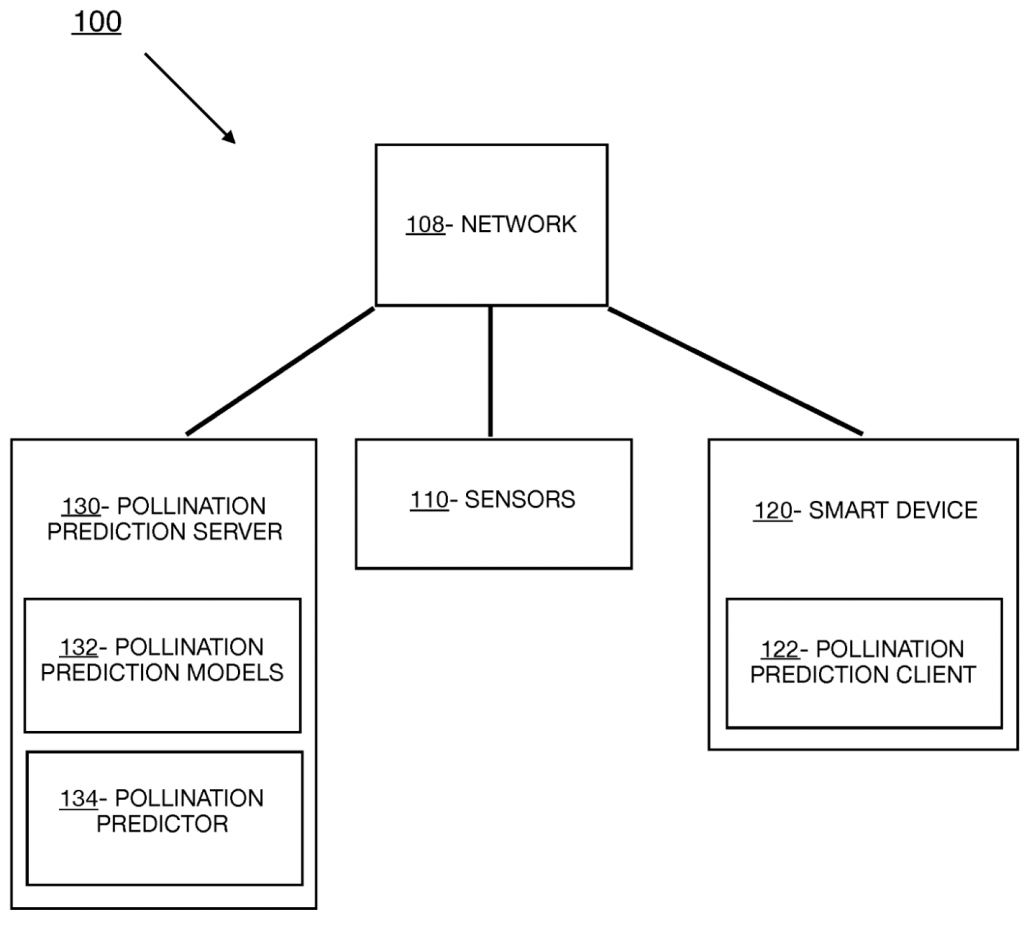
The solution contains a software program capable of collecting training data, extracting features, and training one or more AI models based on the extracted features. This system is autonomous and capable of periodically collecting new data, determining a current pollination state, and predicting a future pollination state of crops.
The patent is pending approval as of this date, but the system is very descriptive and feature-rich. It can be an excellent starting point as inspiration for similar innovative applications of AI in agriculture for pollination.
See how GreyB did it
Digital Twinning of Pollination
A digital twin is a virtual representation of a process or a system. Scientists have begun creating digital twins of pollination processes in various crops. These simulations, powered by AI, can provide insights into optimal pollination patterns, timings, and methods.
Innovation from Plant & Food Research
A notable example of using digital twinning technology is the recent strides in kiwifruit pollination. Researchers from Plant & Food Research, a government agency from New Zealand, used digital twins to derive useful insights, such as factors to achieve optimal fruit sets.
They recommend sustaining 60-75% of female flowers in the orchard to produce the best yields, which growers accomplish by selectively pruning male flowers.
The prediction should give kiwifruit growers confidence that what they have been practicing is more or less on the right track. The model provides strategies for improving crop management, such as the selection of male and female cultivars that have their peak bloom at the same time, establishing the right balance of female to male flowers in the orchard, and placing sufficient numbers of hives to maintain more than 6 bees per 1000 flowers in the orchard to optimize yield.
– Dr David Pattemore, pollination scientist at Plant & Food Research
Advantages of AI Pollination Management Solutions
Resilience against natural pollinator decline
AI solutions are more resilient to weather conditions and seasonal changes. As natural pollinator populations fluctuate, AI-driven alternatives can provide a stable backup. These systems help ensure the crops are not left unpollinated, reducing yield losses significantly.
Optimized crop yields
AI can help maximize crop yields with increased fruit size, seed numbers, and quality by understanding and predicting optimal pollination patterns. Furthermore, using real-time data, we can generate many high-yielding hybrid plants through AI-assisted pollination by creating the optimal growth environment for such crops.
Sustainability
AI can help reduce the excessive use of pesticides by pinpointing only the areas that need treatment and safeguarding pollinators and the environment. Real-time data analytics can recommend the optimal action for farmers to get the highest yields possible at the lowest cost, minimizing the wastage of resources.
Challenges of Integrating AI for Crop Pollination in Agriculture
Economic feasibility
While AI solutions can be cost-effective long-term, the initial investment can be very expensive, especially for small-scale farmers. Many farms and agribusinesses are struggling financially, so adopting AI may be impossible for now, especially for farmers in developing countries.
However, the cost of implementing AI may drop as technologies develop. Businesses can now explore various funding resources, such as government grants, private investments, etc.
Ecological concerns
Using drones or other artificial means might have unforeseen ecological impacts. The main concern we see here is that AI systems are often configured to deliver the best-case results for the present moment. This bias may lead them to draw conclusions and recommendations from data that, while beneficial for the moment, may have detrimental consequences in the long run.
For instance, pursuing the highest yields possible using AI pollinators all year, combined with pest control measures, could lead to overharvesting within a short period, rapidly reducing soil fertility. Farmers and innovators must carefully consider these factors while setting up and using these systems to avoid upsetting the area’s ecosystem.
Furthermore, training AI models is still far from being eco-friendly. Our research suggests that training AI models on large data sets can release five times the emissions an average car would in its lifetime! That’s a far cry from the actual load these region-specific AI models would have, but it’s worth noting for larger commercial farms.
Ethical considerations
We foresee concerns among industry leaders about further distancing agriculture from its natural roots. Furthermore, the farmers may become overly reliant on these technologies and their providers, slowly losing touch with their craft’s autonomy over time.
Studies on the social and ethical impacts of artificial intelligence in agriculture, like from Wageningen Economic Research, highlight concerns about AI harming wildlife in agricultural settings. In addition, the reports point to the lack of transparency in AI systems and their decision-making processes in agriculture.
Conclusion
As AI continues to shape multiple sectors, its role in safeguarding the future of our food sources might be among its most crucial contributions. Applying AI in pollination management marks a significant turning point in agriculture. It offers a promising solution to the pressing problem of declining pollinator populations and the resultant threat to food security.
However, it’s essential to approach this innovation with a balanced perspective, weighing the pros against potential challenges and ensuring that AI integrates harmoniously with nature.
Digging further into AI’s role in Agriculture, we’ve compiled a list of ten innovative startups redefining agriculture through machine learning and artificial intelligence solutions.
Authored By – Sahil Kapoor, Product Development Team
Edited By – Hemanth Shenoy, Marketing

